I have automated the task of measuring plant area over time to extrapolate growth rate using an image time-series and the following two methods: (1) Python + ArcGIS, and (2) Python + OpenCV.
In the first method, ArcGIS allows me to create a vector grid on the image. Each cell of the grid contains a single plant, so I number each cell starting from top-left to bottom-right. After creating a binary image in which plant pixels == 1 and everything else == 0, I apply Zonal Statistics to find my plant area. In this way the plant numbers stay consistent because I use the same grid over all the images in the time series, but it requires manual intervention.
In the second method, I use OpenCV to find plants via contours. The numbering of each contour is done automatically based on its centroid coordinates and bounding box dimensions. Currently I have them sorted 'top-to-bottom', but it obviously isn't as perfect a sort as the manually-made grid. In addition, plant #1 may not stay plant #1 in the second or third image because each plant grows and moves over the course of the experiment, and new plants emerge and change the total number of contours (images are taken every hour for up to several weeks). Therefore, I cannot compare plant #1 in the first image and plant #1 in subsequent images because they may not even be the same plant.
How can I consistently number the same plant through the entire time-series using the second method? I considered associating centroids in subsequent images to (x,y) coordinates in the previous image that were the most similar (once the data is in tabular form), but this would fail to provide an updated numbered contour image.


